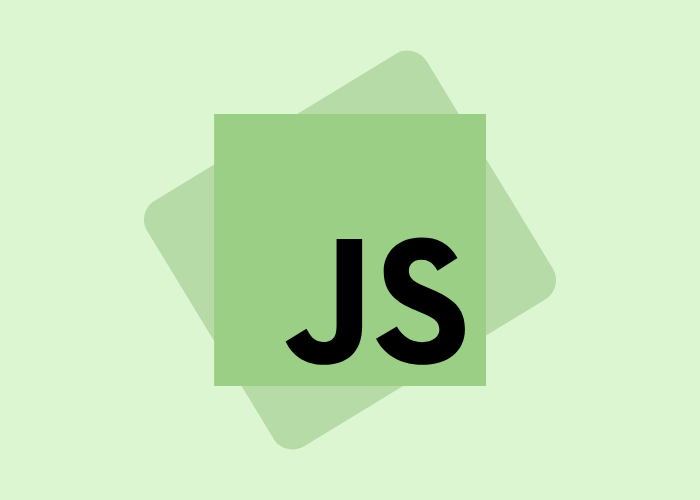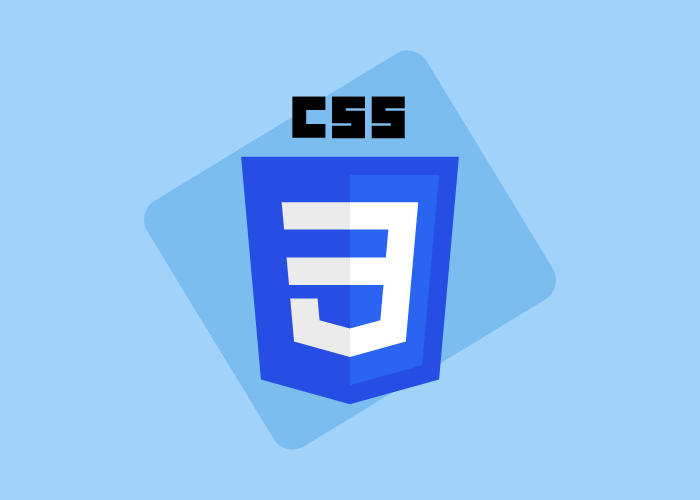Electronic Mail
In this tutorial, we will be covering one of the most popular Internet services that is Electronic Mail(E-mail) in detail.
Electronic mail is often referred to as E-mail and it is a method used for exchanging digital messages.
-
Electronic mail is mainly designed for human use.
-
It allows a message to includes text, image, audio as well as video.
-
This service allows one message to be sent to one or more than one recipient.
-
The E-mail systems are mainly based on the store-and-forward model where the E-mail server system accepts, forwards, deliver and store the messages on behalf of users who only need to connect to the infrastructure of the Email.
-
The Person who sends the email is referred to as the Sender while the person who receives an email is referred to as the Recipient.
Need of an Email
By making use of Email, we can send any message at any time to anyone.
-
We can send the same message to several peoples at the same time.
-
It is a very fast and efficient way of transferring information.
-
The email system is very fast as compared to the Postal system.
-
Information can be easily forwarded to coworkers without retyping it.
Components of E-mail System
The basic Components of an Email system are as follows:

1.User Agent(UA)
It is a program that is mainly used to send and receive an email. It is also known as an email reader. User-Agent is used to compose, send and receive emails.
-
It is the first component of an Email.
-
User-agent also handles the mailboxes.
-
The User-agent mainly provides the services to the user in order to make the sending and receiving process of message easier.
Given below are some services provided by the User-Agent:
1.Reading the Message
2.Replying the Message
3.Composing the Message
4.Forwarding the Message.
5.Handling the Message.
2.Message Transfer Agent
The actual process of transferring the email is done through the Message Transfer Agent(MTA).
-
In order to send an Email, a system must have an MTA client.
-
In order to receive an email, a system must have an MTA server.
-
The protocol that is mainly used to define the MTA client and MTA server on the internet is called SMTP(Simple Mail Transfer Protocol).
-
The SMTP mainly defines how the commands and responses must be sent back and forth
3.Message Access Agent
In the first and second stages of email delivery, we make use of SMTP.
-
SMTP is basically a Push protocol.
-
The third stage of the email delivery mainly needs the pull protocol, and at this stage, the message access agent is used.
-
The two protocols used to access messages are POP and IMAP4.
Architecture of Email
Now its time to take a look at the architecture of e-mail with the help of four scenarios:
First Scenario
When the sender and the receiver of an E-mail are on the same system, then there is the need for only two user agents.
Second Scenario
In this scenario, the sender and receiver of an e-mail are basically users on the two different systems. Also, the message needs to send over the Internet. In this case, we need to make use of User Agents and Message transfer agents(MTA).

Third Scenario
In this scenario, the sender is connected to the system via a point-to-point WAN it can be either a dial-up modem or a cable modem. While the receiver is directly connected to the system like it was connected in the second scenario.
Also in this case sender needs a User agent(UA) in order to prepare the message. After preparing the message the sender sends the message via a pair of MTA through LAN or WAN.

Fourth Scenario
In this scenario, the receiver is also connected to his mail server with the help of WAN or LAN.
When the message arrives the receiver needs to retrieve the message; thus there is a need for another set of client/server agents. The recipient makes use of MAA(Message access agent) client in order to retrieve the message.
In this, the client sends the request to the Mail Access agent(MAA) server and then makes a request for the transfer of messages.
This scenario is most commonly used today.

Structure of Email
The message mainly consists of two parts:
1.Header
2.Body
Header
The header part of the email generally contains the sender's address as well as the receiver's address and the subject of the message.
Body
The Body of the message contains the actual information that is meant for the receiver.
Email Address
In order to deliver the email, the mail handling system must make use of an addressing system with unique addresses.
The address consists of two parts:
-
Local part
-
Domain Name
Local Part
It is used to define the name of the special file, which is commonly called a user mailbox; it is the place where all the mails received for the user is stored for retrieval by the Message Access Agent.
Domain Name
It is the second part of the address is Domain Name.
Both local part and domain name are separated with the help of @.







